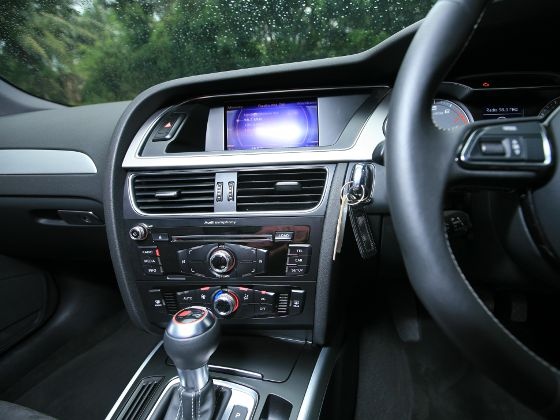You can thank the Packard Motor Car Company the next time you cruise the strip in comfort. Their 1939 line was the first to have an optional air conditioning unit. The “weather conditioner” took up half the trunk space, but before this air conditioners were only found in high end luxury cars or limousines. The inefficient design and expense caused it to be discontinued in 1941. After a decade of limited availability, the next production car to carry a (redesigned) air conditioning system was the Chrysler Imperial in 1953.
Modern air conditioners are based on the concept of heat in, heat out. Heat in the air of the passenger compartment is absorbed by the refrigerant in the evaporator coils. Since 1996, the refrigerant of choice has been R-134. This haloalkane compound which has a boiling point of -15.34 °F, replaced Freon, a source of chlorofluorocarbons (CFCs) to reduce greenhouse gas emissions. Fans blow cold air from the evaporator into the compartment. From there it is carried by an orifice tube to the condenser. The condenser allows the now heated refrigerant to radiate it’s heat away in the engine compartment. It then goes to the compressor.

The compressor is the part that allows the gaseous refrigerant to absorb the heat in the first place. The more dense a gas is, the more heat it will absorb. The compressor is much like one giant piston. It is not meant to pump fluids, only gases. Any fluids in the system will be captured by desiccants in dryer before going through the evaporator. The pumping action is driven by a belt attached to the crankshaft. The gas is heavily pressurized by the compressor and sent to the evaporator to absorb the heat from the passenger compartment again.
Look behind the radiator for a large cylinder with a “wheel” on one side. That is your compressor and it’s clutch. It must be completely sealed to function properly and compress the refrigerant into a liquid state. If it is overheating, you should allow it to cool down. This is the first step to see if the compressor is actually faulty or if the problem lies elsewhere in the system.
If you do diagnose a malfunctioning compressor , don’t worry. It is a common part for both new, used and classic cars. There are many good dealers online and locally, that will help you find one to match your make and model. Make sure you have the manufacture and production year correct when you go parts hunting to avoid confusion, delays and wasted money. If you are getting a compressor for a system from 1995 or earlier ensure it is compatible with current environmental standards.
Captain Trips is an expert in the field of auto air conditioning. Read his article for insights on the functions performed by various car air conditioning parts and essentials.




